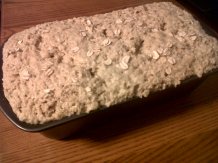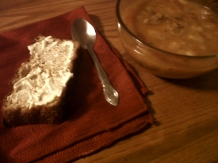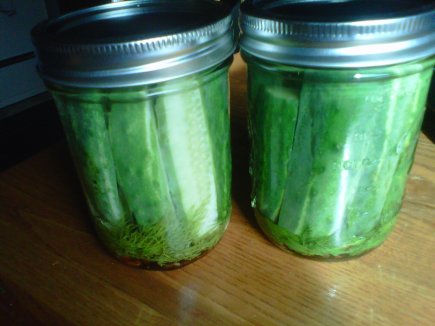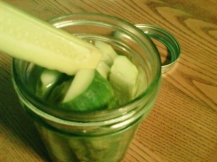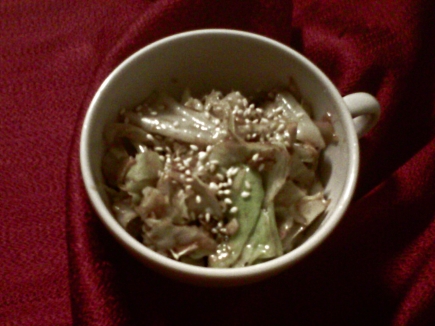
Image courtesy of Blake Royer
With no less than 8 ugly celery roots residing in my refrigerator, I needed a recipe. With the cool autumn weather settling in, this warm and hearty soup caught my eye. The chile adds a pleasing warmth for cool, damp days.
Ingredients
1 Medium onion, finely chopped
1 Red chile, finely chopped and seeds removed (leave some or all of the seeds for a spicier soup)
2 -3 cloves Garlic, finely chopped
2 tbsp Olive oil
1 tsp Cumin
1 tsp Ground coriander
1 1/2 lbs Celeriac, peeled,trimmed and cut into cubes
3 Cups Chicken broth
1 Cup Water
Salt & freshly ground black pepper (I use 1 tsp salt and 1/2-3/4 tsp pepper)
1/3 Cup Light cream
Fresh coriander or parsley for garnish, chopped
In a large pot, sauté the onion, chili and garlic in olive oil for 2-3 minutes over a medium heat. Stir in the cumin and coriander, and season with salt and pepper. Add the celeriac, chicken broth and water.
Bring up to a boil, then reduce the heat, cover the pan and let simmer for 10-15 minutes or just until the celeriac is cooked.
Remove from the heat and use a handblender or food processor to puree the soup until smooth. Stir in the cream, adjust the seasoning with more salt and pepper if needed,and ladle into bowls. Top with a few chopped coriander or parsley leaves if desired, and serve immediately.
Alternately, allow the soup to cool, pour into pint sized wide-mouth jars or other freezer safe containers and freeze.
Adapted from Creamy Curried Celery Root Soup and Celeriac Soup with Coriander and Chiles.



